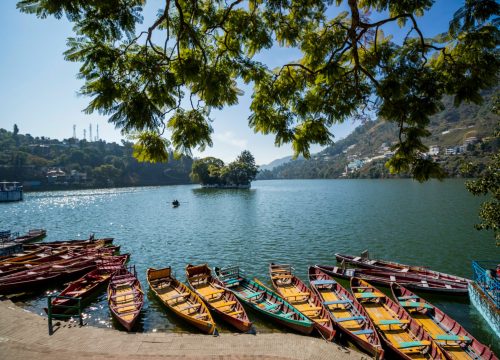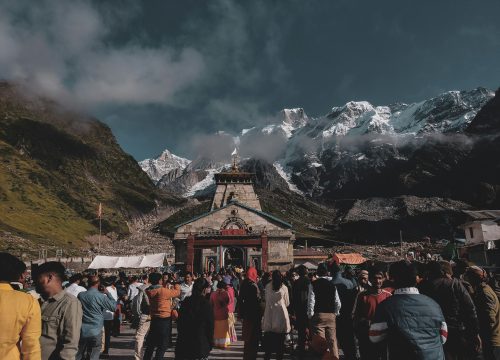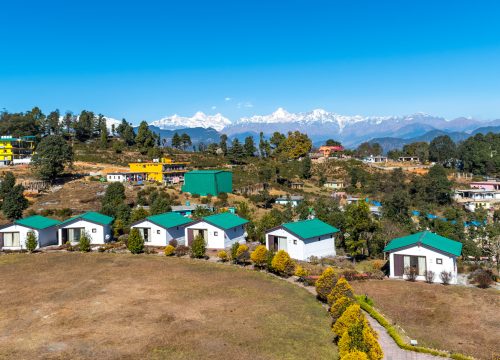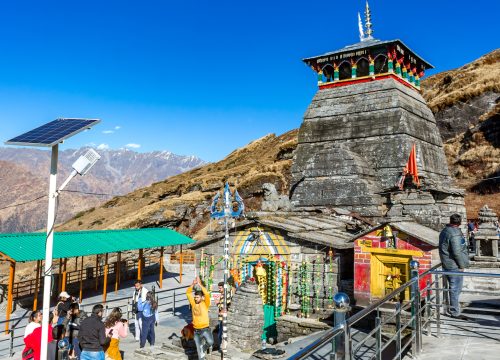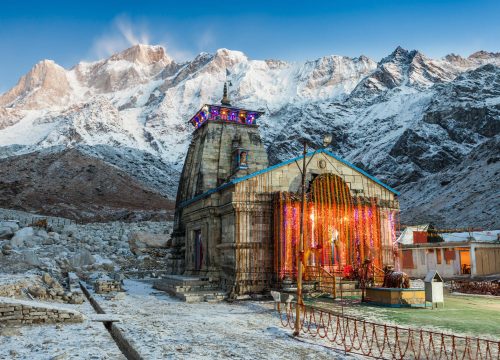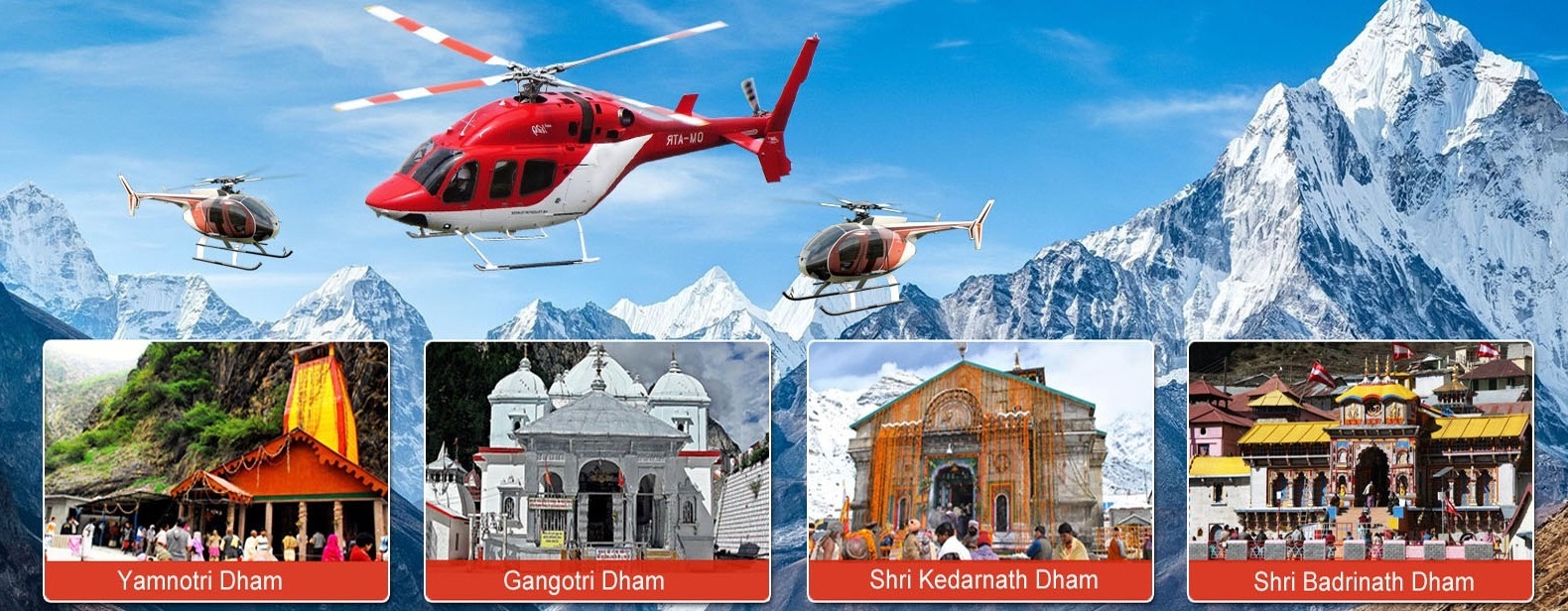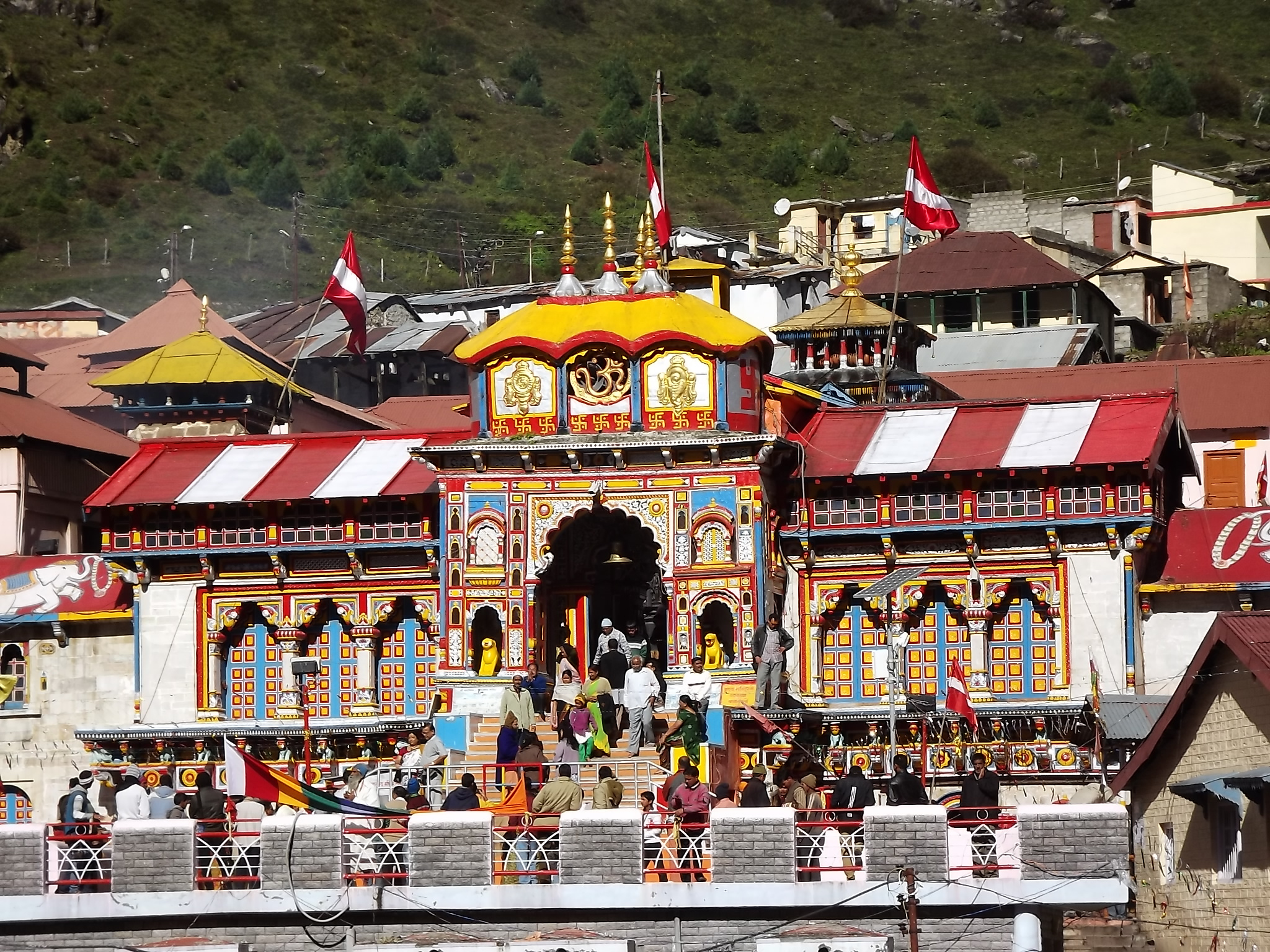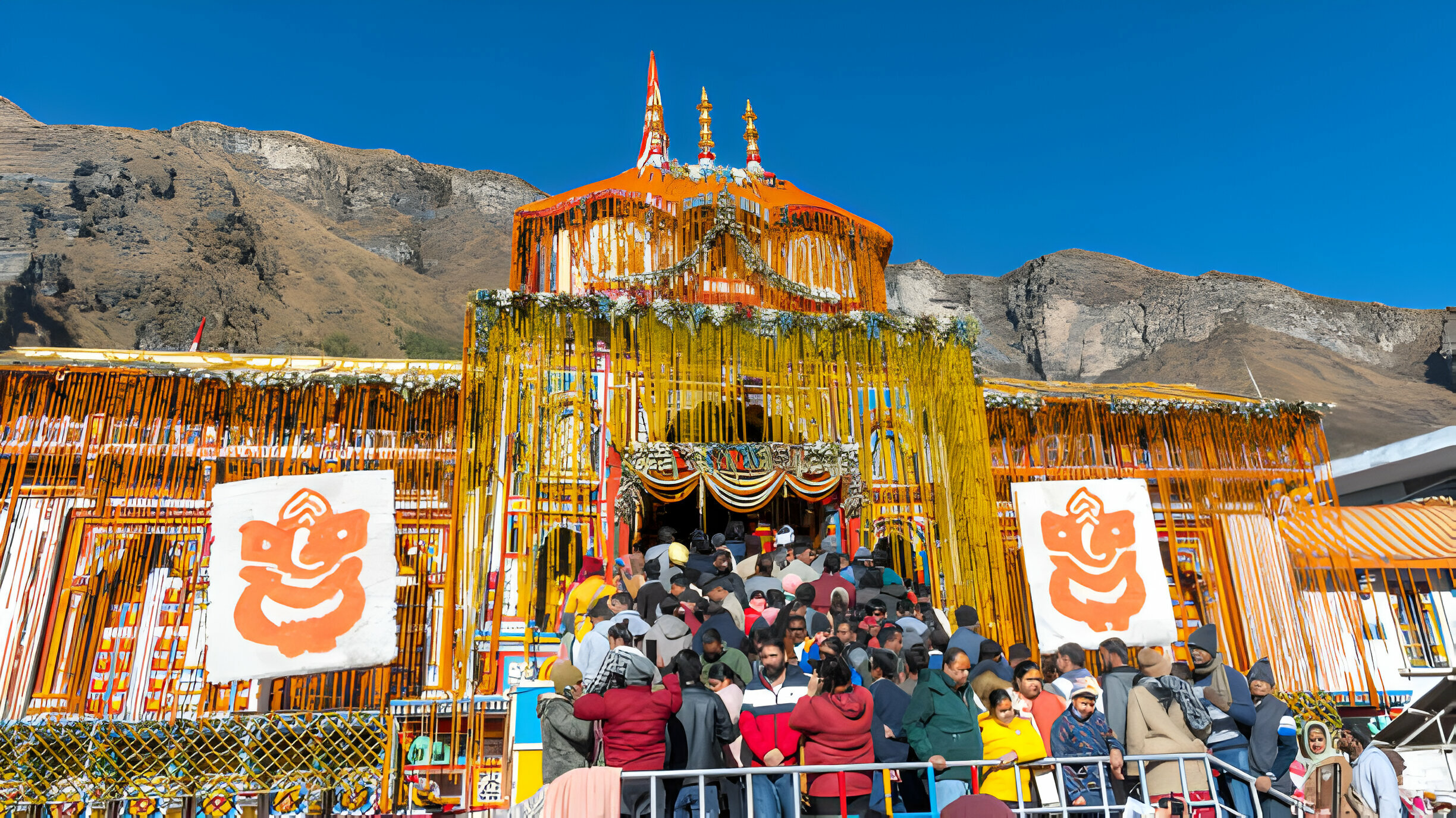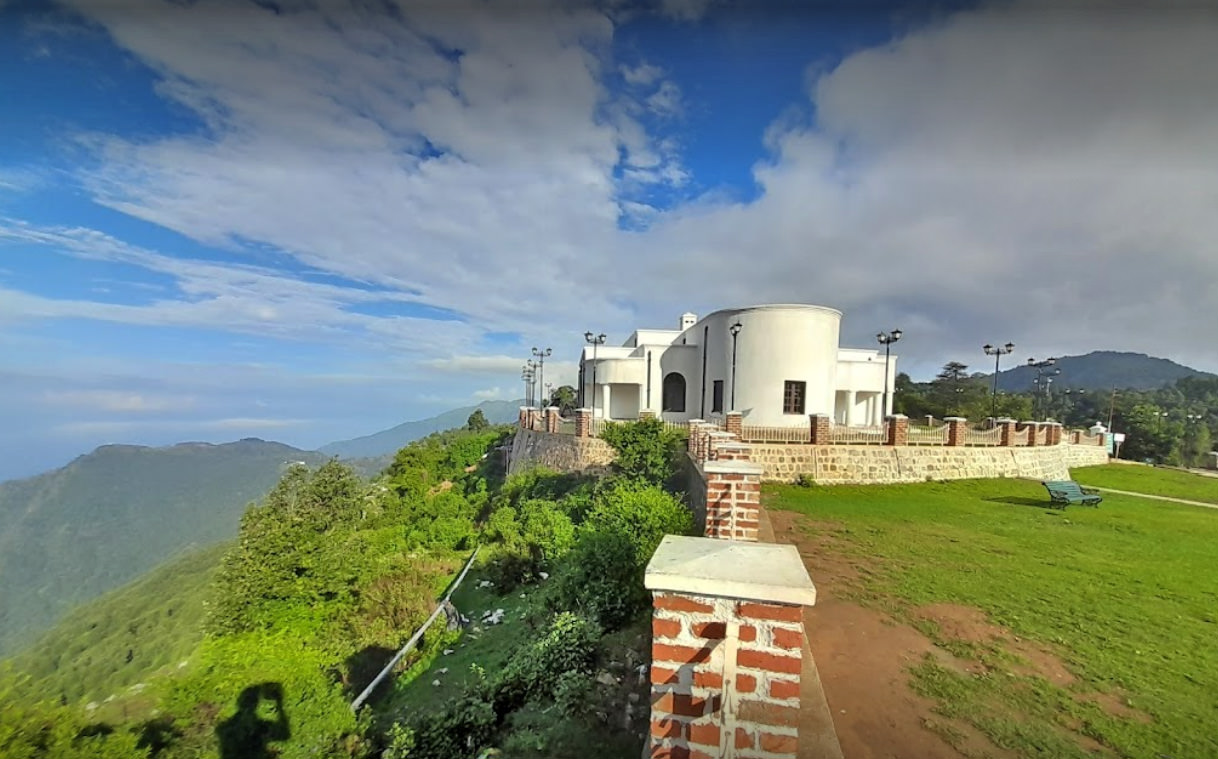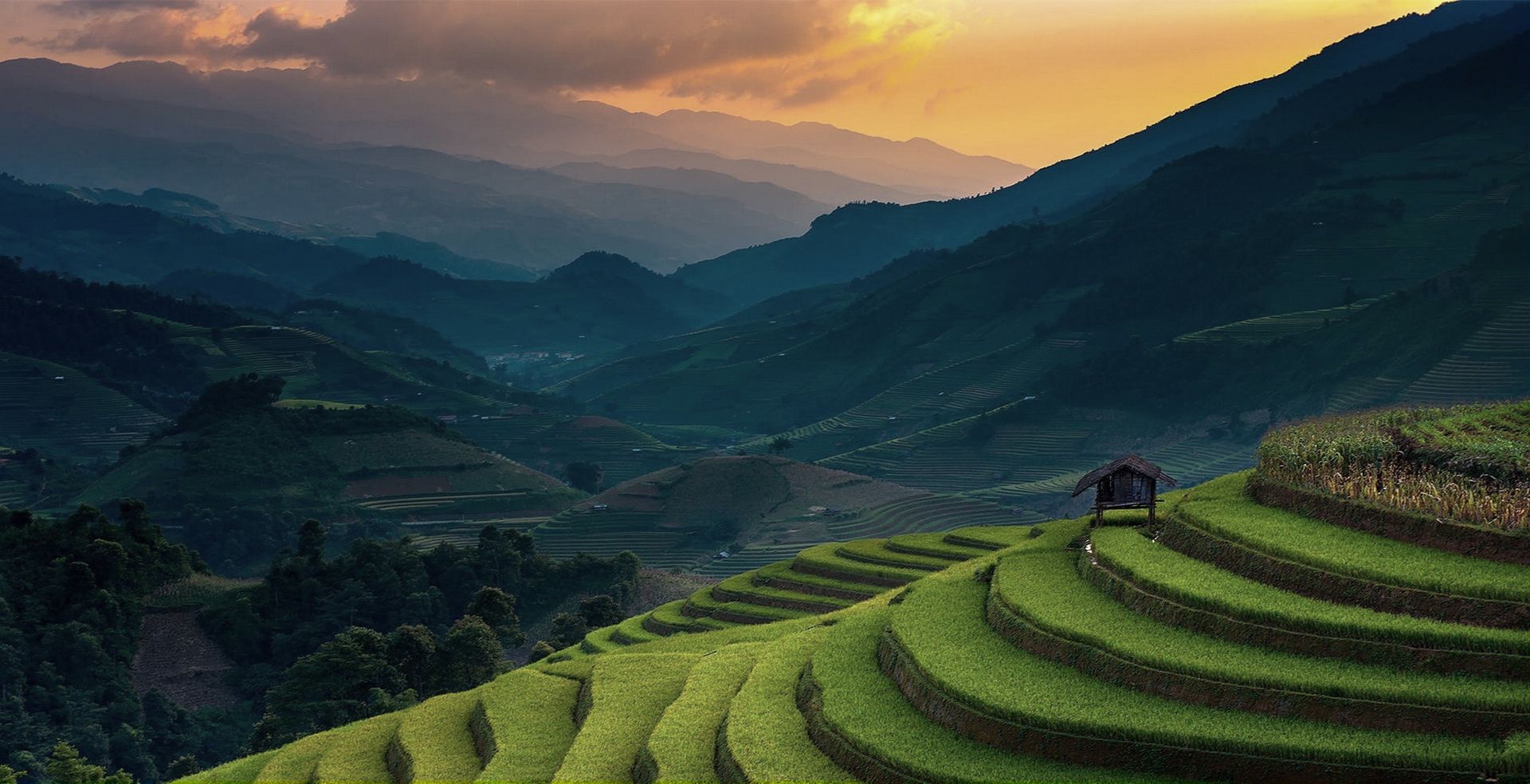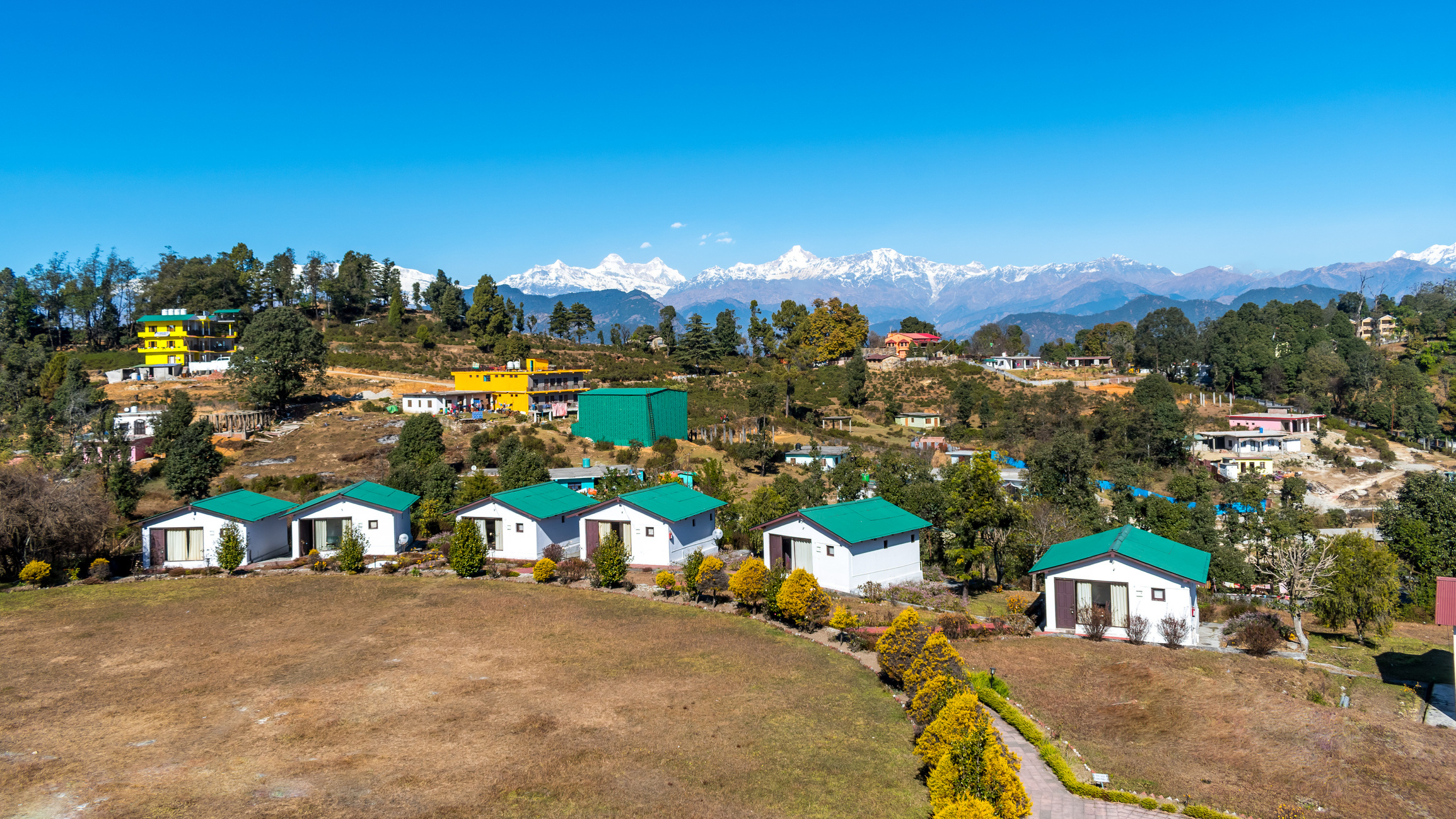Panch Kedar Yatra
- Home
- Panch Kedar Yatra
Panch Kedar Yatra Overview
Panch Kedar – The Five Sacred Temples of Lord Shiva
The five Kedar lie in the valleys between the rivers Bhagirathi and Alaknanda. The term Kedar itself means a natural rock formation or a glacial moraine. According to legend, Himalayas Kedarnath, the chief seat of the Panch Kedar, come into being during the period when the five Pandava brothers were asked to seek Shiva’s blessings, purging them off sin of fratricide, or killing their cousin brothers in the terrifying battle of Kurukshetra. Shiva disguised himself as a bull and started to plunge underground when he was spotted by Pandavas. No wonder the natural rock formation that is worshipped here resembles the rump of a bull. The other four places where Shiva is worshipped take their appearance from different parts of his body – the navel at Madmaheshwar, the arm at Tungnath, the face at Rudranath, and the matted hair at Kalpeshwar.
The Panch Kedar refers to five holy temples dedicated to Lord Shiva, located in the Garhwal region of Uttarakhand, India. These temples are highly revered in Hindu mythology and form an important part of the spiritual journey for devotees of Lord Shiva. According to legend, the Pandavas built these temples to seek forgiveness from Lord Shiva after the Kurukshetra war.
The Five Temples of Panch Kedar
Kedarnath
- Altitude: 11,755 ft (3,583 m)
- Location: Rudraprayag district, Uttarakhand
- Specialty: The hump of Lord Shiva is worshipped here.
- Attraction: One of the 12 Jyotirlingas and the most important temple among Panch Kedar.
The holiest of Shiva’s shrines is likened to gold among base metals so that every pilgrim finds peace here, and it is said that devotees who die here become one with Shiva himself. The temple of Kedarnath, located at a height of 3,581 mts, stands at the head of the Mandakini river, with Kedarnath peak keeping vigil above it.
The temple is dedicated to the Sadasiva or invisible form of Shiva, and is represented by a natural rock formation. Beyond the temple is the highway to heaven, called Mahapanth.
Kedarnath
Madmaheshwar
- Altitude: 11,450 ft (3,490 m)
- Location: Rudraprayag district
- Specialty: The navel (stomach) of Lord Shiva is worshipped here.
- Attraction: Situated in a picturesque valley surrounded by snow-covered peaks.
Shiva is worshipped at Madmaheshwar in the form of navel – shaped lingam. Located at the base of Chaukhamba peak, at an altitude of 3,289 mts, the classic temple architecture belongs to the north – Indian style. So sanctified is the water here that even a few drops are considered sufficient for absolution.
The natural scenery is dramatically wild, with deep gorges and Himalayas valleys, mountainsides flung upwards towards the skies, and forests where the snow lies thick in winter, only to be replaced by a carpet of greenery in the summer. Kedarnath and Neelkanth peaks are also visible from here, the entire ring of mountains associated with the life and times of shiva. The confluence of two streams at Gaundar just short of the temple, is one of the prettiest spots in the region.
Madhyamaheshwar
Tungnath
- Altitude: 12,073 ft (3,680 m)
- Location: Rudraprayag district, near Chopta
- Specialty: The arms of Lord Shiva are worshipped here.
- Attraction: Known as the highest Shiva temple in the world.
The sanctity of the region of Tungnath is considered unsurpassed. The peak of Tungnath is the source of three springs that form the river Akashkamini. At this temple at 3,680 mts, Shiva’s arm is worshipped. The highest Hindu shrine in the Himalayas, 3kms uphill from Chopta, Tungnath is reached through a path that wends through alpine meadows and rhododendron thickets. An hour’s climb from here leads to Chandrashila with its panoramic views. The entire journey and the shrine are located in some of the finest, most picturesque pockets of the Himalaya.
Tungnath
Rudranath
- Altitude: 11,811 ft (3,600 m)
- Location: Chamoli district
- Specialty: The face (mukha) of Lord Shiva is worshipped here.
- Attraction: Surrounded by alpine meadows and rhododendron forests, offering breathtaking views.
Devotees come to Rudranath to offer ritual obeisance to their ancestors, for it is here, at Vaitarani river, that the soul of the dead cross when entering another world. The temple of Rudranath at 2,286 mts, entails trekking through ridges at almost twice that height before reaching the meadow where it is located. Within the sanctum, Shiva’s image is worshipped in the form of his face. The temple is surrounded by several pools – Surya Kund, Chandra Kund, Tara Kund, Manas Kund – while the great peaks of Nanda Devi, Trishul and Nanda Ghunti rear overhead.
Rudranath
Kalpeshwar
- Altitude: 7,217 ft (2,200 m)
- Location: Chamoli district, near Urgam Valley
- Specialty: The hair (jata) of Lord Shiva is worshipped here.
- Attraction: The only Panch Kedar temple open throughout the year.
A favorite spots for sages who come here to meditate, following the precedent of Arghya who performed austerities and created the celebrated nymph, Urvashi, here, and the irascible Durvasha who meditated under the wish fulfilling tree, Kalpavriksha, Pilgrims pray at the small rock temple at a height of 2,134 mts. before the matted tresses of Shiva enshrined in rock in the sanctum sanctorum. The sanctum is preceded by a natural cave passage. Surrounded by thick forests and terraced fields in the Urgam valley, the temple is reached following a 10 km. long trek.
Kalpeshwar
Mythological Background
According to legend, after the Kurukshetra war, the Pandavas wanted to atone for the sin of killing their kin. They searched for Lord Shiva to seek forgiveness, but Shiva, avoiding them, took the form of a bull (Nandi) and disappeared into the ground at Kedarnath. His body parts later appeared at different places, which became the Panch Kedar temples:
Hump – Kedarnath
Arms – Tungnath
Face – Rudranath
Navel – Madhyamaheshwar
Hair – Kalpeshwar
Best Time to Visit Panch Kedar
May to October is the best time to visit (except Kalpeshwar, which is open year-round).
In winters, the idols are shifted to nearby villages for worship due to heavy snowfall.
Why Visit Panch Kedar?
To experience spirituality and divine blessings of Lord Shiva.
To explore untouched Himalayan beauty, meadows, and alpine forests.
To witness rich Garhwali culture and heritage.
A mix of pilgrimage and trekking adventure.
Nearby Places to Visit Around Panch Kedar
1. Badrinath Dham
- Distance: Around 30–40 km from Joshimath (near Kalpeshwar & Rudranath)
- Highlight: One of the Char Dham shrines dedicated to Lord Vishnu.
- Attraction: Neelkanth Peak backdrop, hot springs of Tapt Kund, and the holy Alaknanda River.
2. Chopta (Mini Switzerland of India)
- Distance: Base for Tungnath trek (approx. 5 km trek to temple)
- Highlight: Famous for its meadows, camping, and birdwatching.
- Attraction: Panoramic views of Himalayan peaks – Nanda Devi, Trishul, and Chaukhamba.
3. Joshimath
- Distance: Near Kalpeshwar & Rudranath temples
- Highlight: Gateway to Badrinath and Auli.
- Attraction: Shankaracharya Math, Kalpavriksha tree, and ropeway to Auli.
4. Auli
- Distance: 16 km from Joshimath
- Highlight: Popular skiing destination in Uttarakhand.
- Attraction: Cable car ride, snow-capped mountain views, artificial lake.
5. Gopeshwar
- Distance: Close to Rudranath & Kalpeshwar
- Highlight: Administrative town of Chamoli district.
- Attraction: Ancient Gopinath Temple dedicated to Lord Shiva.
6. Guptkashi
- Distance: On the way to Kedarnath (Rudraprayag district)
- Highlight: Associated with Lord Shiva’s story of hiding from the Pandavas.
- Attraction: Vishwanath Temple, Ardhnarishwar Temple, and Manikarnika Kund.
7. Ukhimath
- Distance: Near Guptkashi, winter seat of Kedarnath & Madhyamaheshwar idols.
- Highlight: Spiritual hub during temple closure.
- Attraction: Omkareshwar Temple.
8. Valley of Flowers & Hemkund Sahib
- Distance: Near Joshimath, Govindghat (approx. 35–40 km)
- Highlight: UNESCO World Heritage Site with rare Himalayan flowers.
- Attraction: Hemkund Sahib Gurudwara, alpine meadows, rare Brahma Kamal.
9. Deoria Tal
- Distance: 3 km trek from Sari village (near Chopta)
- Highlight: A high-altitude lake with reflections of Chaukhamba peaks.
- Attraction: Ideal for camping, photography, and trekking.
More Information..
BY AIR – The nearest airport to is Dehradun Airport, Uttarakhand.
BY RAIL – The nearest major railway station is Haridwar Railway Station.
Accordion Content
Places to visit nearby..
Locate on Map..
Send an Enquiry!
Send Enquiry !
last minute deals
Kedarnath Yatra 2024
Tour Theme
Recent posts
Our Facebook page
Tour Packages
- Quality4.77
- Location4.7
- Amenities4.57
- Services4.8
- Price4.6
Chardham Yatra Ex Delhi ( 11N -12D)
Featured Tour Packages
- Quality4.77
- Location4.7
- Amenities4.57
- Services4.8
- Price4.6


